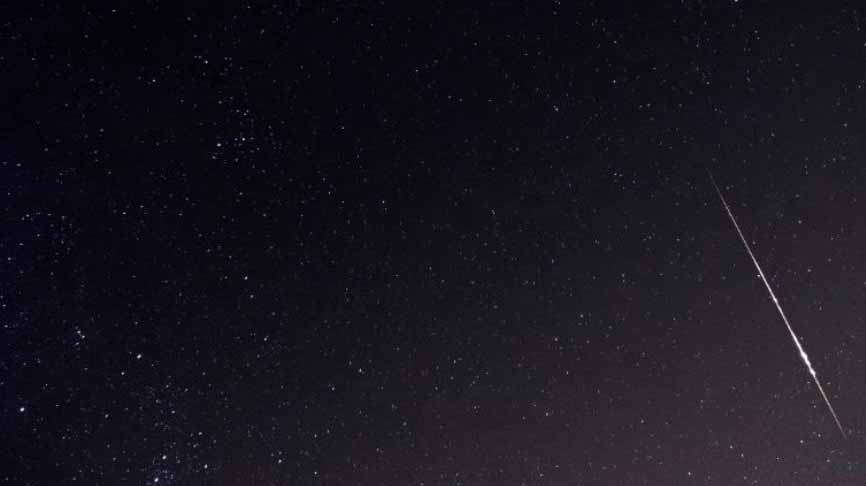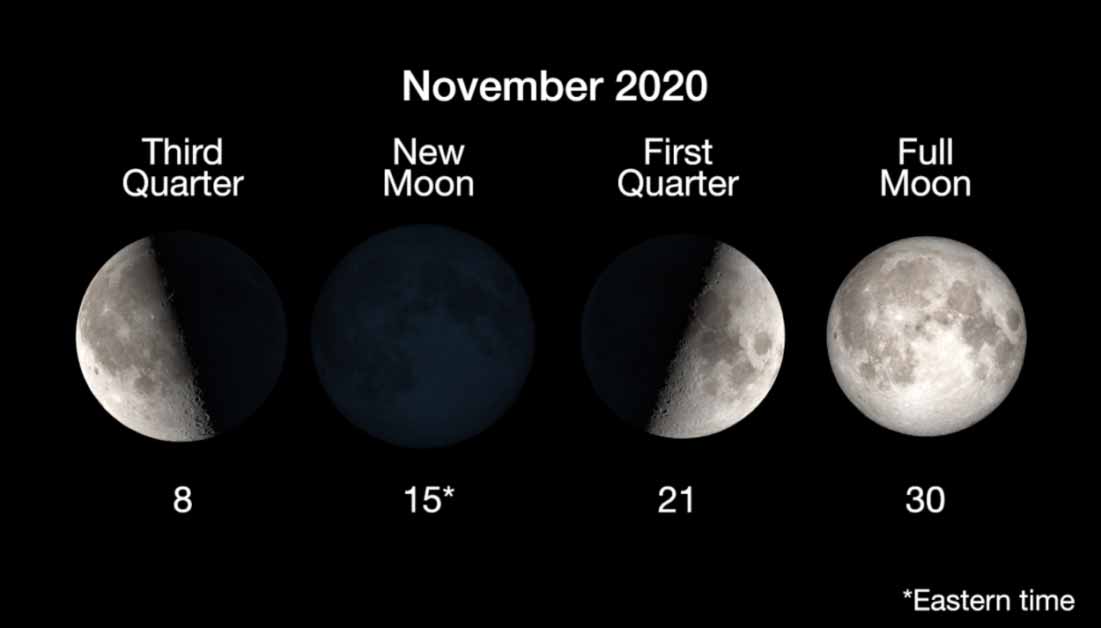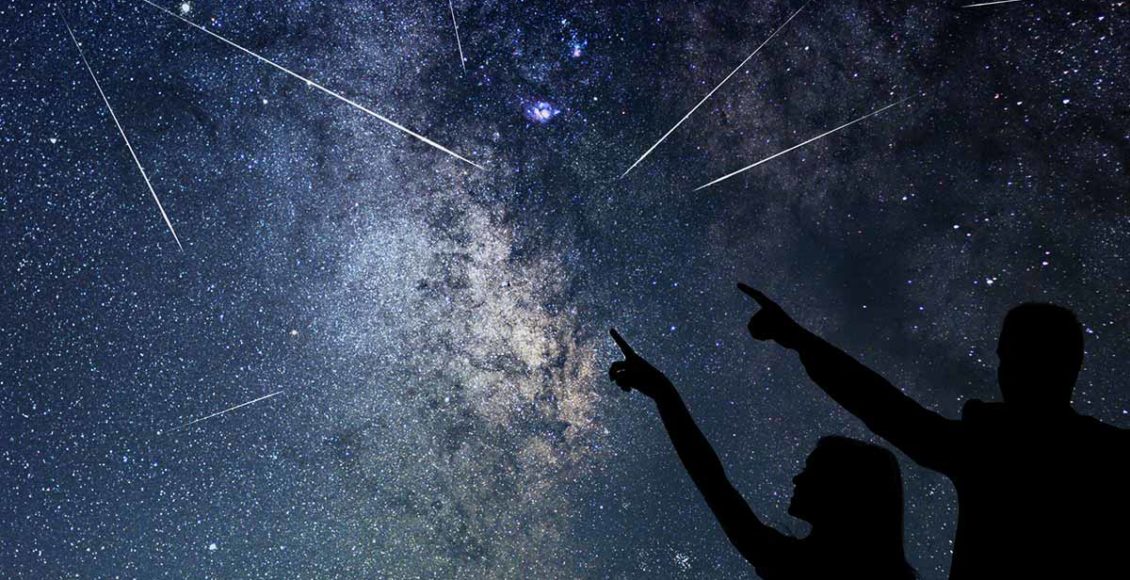This year has been a wild ride from the very beginning. For less than 11 months now, we have been going through concerns of WW3, calamitous wildfires, a global pandemic, and many more disasters. These are enough to make us feel like we are out of reasons to be happy, excited, and inspired by the beauty our world holds.
However, this year has also brought us incredible celestial views, which are proof that we still have many reasons to be thrilled by our world’s glamor.
Two meteor showers – Leonid and Taurid, will light up the night sky with shooting stars and bright fireballs.
The Leonids meteor shower illuminates the sky every year from November 6 to November 30. It comes with bright, colorful meteors that travel at speeds of 44 miles (71 kilometers) per second. As NASA states, the Leonids meteors are considered to be some of the fastest out there.
These particular meteor showers are famous for their fireballs – massive explosions of light and color, and Earthgazers – meteors that streak close to the horizon and are known for their long and colorful tails.
As CBS News notes, under ideal conditions, the Leonid meteor shower produces between 10 and 20 visible meteors per hour.

Furthermore, we can observe meteors from the Taurid shower each year from September to November, as our planet passes through debris from Comet 2P/Encke. Although the long-lasting shower is weak most years, it is still a spectacular sight you shouldn’t miss.
There are Southern and Northern Taurids. The Southern Taurids are visible from September 10 to November 20, peaking October 29-30. The Northern Taurids are visible October 20 to December 10, peaking November 11-12. Both are known for their astonishing fireballs during the autumn season. What is more, shooting stars from the shower can be seen at any time the constellation Taurus is above the horizon during fall months.

Skywatching tips to help you see the breathtaking meteor showers.
First things first – the best time to spot shower activity for both Leonid and Taurid meteor showers is between midnight and dawn. The Northern Taurids shower peaks Wednesday, November 11, while the Leonid shower peaks Tuesday morning, November 17.
If you want to get the best out of the experience, you need to go to a dark place with little to no sources of artificial light. Ideally, the skies will be clear enough for you to gaze at the striking cosmic sight. Just remember to bring a sleeping bag along, as you may have to stay for several hours.
When you find the perfect spot for a night of stargazing, your feet should be facing east as you lie flat on your back and look up. From then on, patience is key!
What’s next?
As per NASA, on the early morning of November 14, the moon will be at perigee, the point in the orbit at which it is nearest to Earth. The following day, there will be a new moon, which will actually be a “Supermoon,” as it occurs when the moon is closest to our planet.

What is more, in November, skywatchers can also see the Pleiades. It is a bright cluster of thousands of stars that can be seen in the cooler months in the Northern Hemisphere. A handful of the brightest stars in the cluster are visible to the naked eye. However, with the help of binoculars or a telescope, you can see hundreds!
The next magnificent meteor shower will be the Geminids, which is one of the strongest of the year. Its peak will take place on December 13-14.
Are you excited about these cosmic events? Let us know in the comment section!



